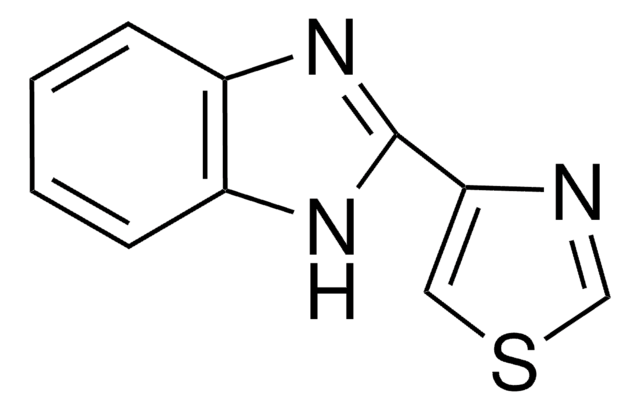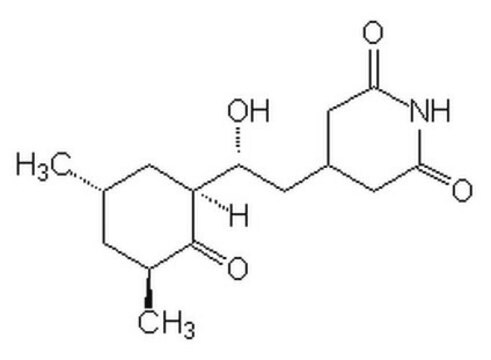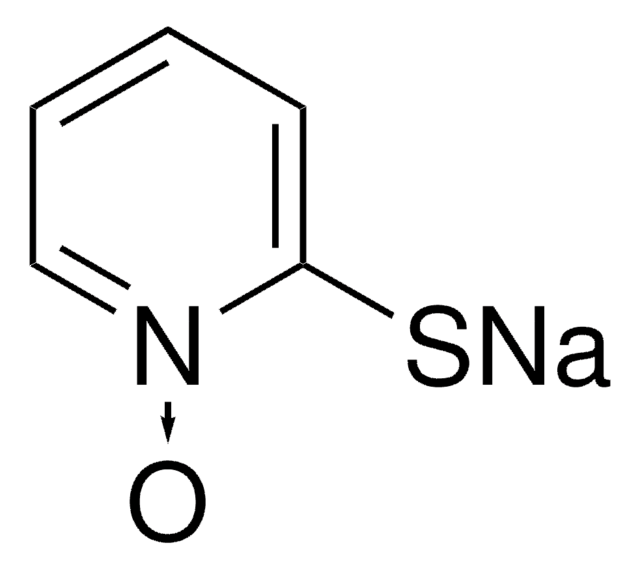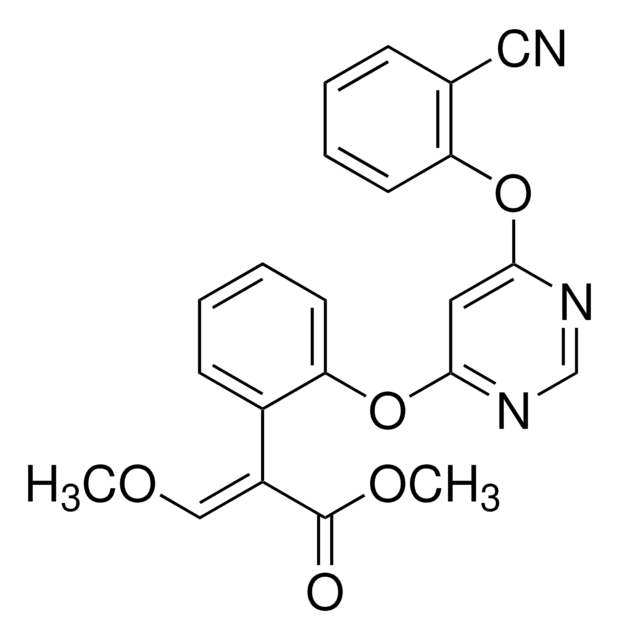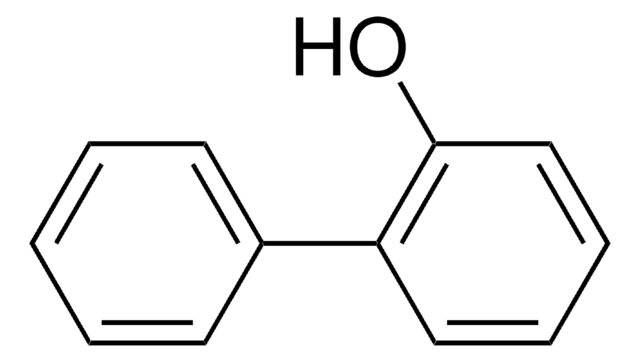T8904
Thiabendazole
≥99%, powder
Synonym(s):
2-(4-Thiazolyl)benzimidazole
Sign Into View Organizational & Contract Pricing
All Photos(3)
About This Item
Empirical Formula (Hill Notation):
C10H7N3S
CAS Number:
Molecular Weight:
201.25
Beilstein:
611403
EC Number:
MDL number:
UNSPSC Code:
51453501
PubChem Substance ID:
NACRES:
NA.85
Recommended Products
Quality Level
Assay
≥99%
form
powder
color
white to off-white
solubility
DMF: soluble 50 mg/mL
antibiotic activity spectrum
fungi
parasites
Mode of action
enzyme | inhibits
SMILES string
c1ccc2[nH]c(nc2c1)-c3cscn3
InChI
1S/C10H7N3S/c1-2-4-8-7(3-1)12-10(13-8)9-5-14-6-11-9/h1-6H,(H,12,13)
InChI key
WJCNZQLZVWNLKY-UHFFFAOYSA-N
Gene Information
human ... CYP2C9(1559)
Looking for similar products? Visit Product Comparison Guide
General description
Chemical structure: imidazole
Application
Thiabendazole (TBZ) is a broad-spectrum antihelminthic and is used to treat parasitic infections in humans. It is used as an agricultural fungicide and as a food preservative. Thiabendazole has been used as a heavy metal chelating detoxification agent. It is used clinically to treat threadworm, cutaneous larva migrans, visceral larva migrans, and trichinosis.
Biochem/physiol Actions
Thiabendazole inhibits anaerobic respiration at the level of mitochondrial helminth-specific enzyme. It acts as a quinol-fumarate reductase (QFR) inhibitor in ,C. jejuni and H. pylori, blocking quinol oxidation to quinone. Thiabendazole suppresses egg and larval production and may inhibit the subsequent development of eggs and larvae which are passed in feces. A proposed route of biotransformation of thiabendazole is the CYP1A2-catalyzed hydroxylation to 5-hydroxythiabendazole, which is metabolized to glucuronide and sulfate conjugates.
Other Notes
Keep container tightly closed in a dry and well-ventilated place.Keep in a dry place.Storage class (TRGS 510): Non Combustible Solids
Signal Word
Warning
Hazard Statements
Precautionary Statements
Hazard Classifications
Aquatic Acute 1 - Aquatic Chronic 1
Storage Class Code
11 - Combustible Solids
WGK
WGK 2
Flash Point(F)
Not applicable
Flash Point(C)
Not applicable
Personal Protective Equipment
dust mask type N95 (US), Eyeshields, Gloves
Choose from one of the most recent versions:
Already Own This Product?
Find documentation for the products that you have recently purchased in the Document Library.
Customers Also Viewed
Roslyn S Thelingwani et al.
Drug metabolism and disposition: the biological fate of chemicals, 37(6), 1286-1294 (2009-03-21)
Thiabendazole (TBZ) and its major metabolite 5-hydroxythiabendazole (5OH-TBZ) were screened for potential time-dependent inhibition (TDI) against CYP1A2. Screen assays were carried out in the absence and presence of NADPH. TDI was observed with both compounds, with k(inact) and K(I) values
Stuart Dashper et al.
Antimicrobial agents and chemotherapy, 54(3), 1311-1314 (2009-12-30)
Porphyromonas gingivalis is a major pathogen of chronic periodontitis and exists in a biofilm on the surface of the tooth root. Oxantel, a cholinergic anthelmintic and fumarate reductase inhibitor, significantly inhibited biofilm formation by P. gingivalis and disrupted established biofilms
Susanne Rath et al.
Chemosphere, 214, 111-122 (2018-09-28)
Brazil is one of the world's largest producers of animal protein, requiring the large-scale use of veterinary drugs. The administration of antimicrobials and antiparasitics is a common practice. However, there is a lack of information on how these drugs impact
Santosh Soparawalla et al.
The Analyst, 136(21), 4392-4396 (2011-09-06)
We describe a rapid in situ method for detecting agrochemicals on the surface or in the tissue of fruit using a portable mass spectrometer equipped with an ambient ionization source. Two such ionization methods, low temperature plasma (LTP) and paper
Andrew C Kotze et al.
PLoS neglected tropical diseases, 5(6), e1203-e1203 (2011-07-09)
Current efforts to control human soil-transmitted helminths (STHs) involve the periodic mass administration of benzimidazole drugs to school aged children and other at- risk groups. Given that high levels of resistance to these drugs have developed in roundworms of livestock
Our team of scientists has experience in all areas of research including Life Science, Material Science, Chemical Synthesis, Chromatography, Analytical and many others.
Contact Technical Service